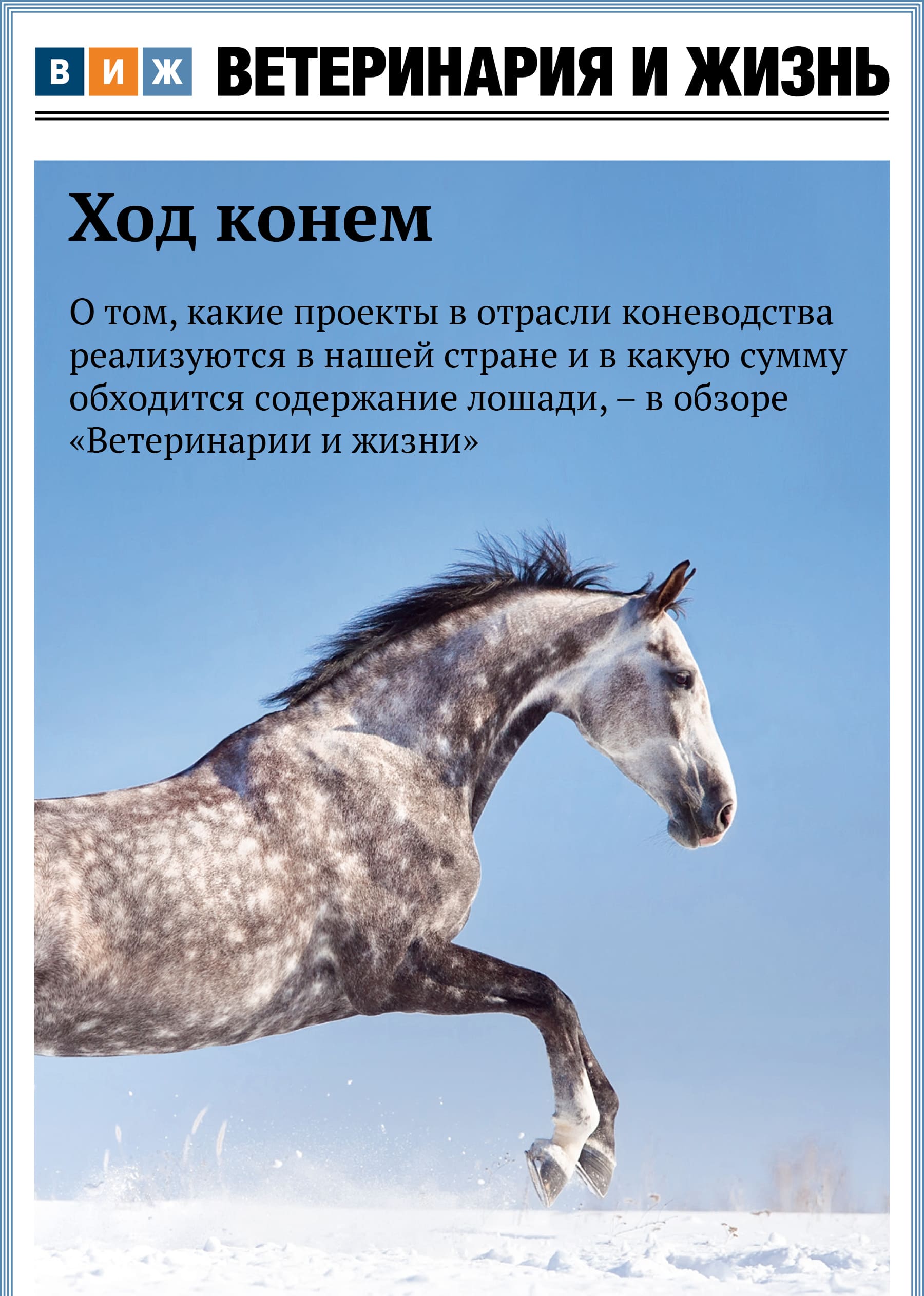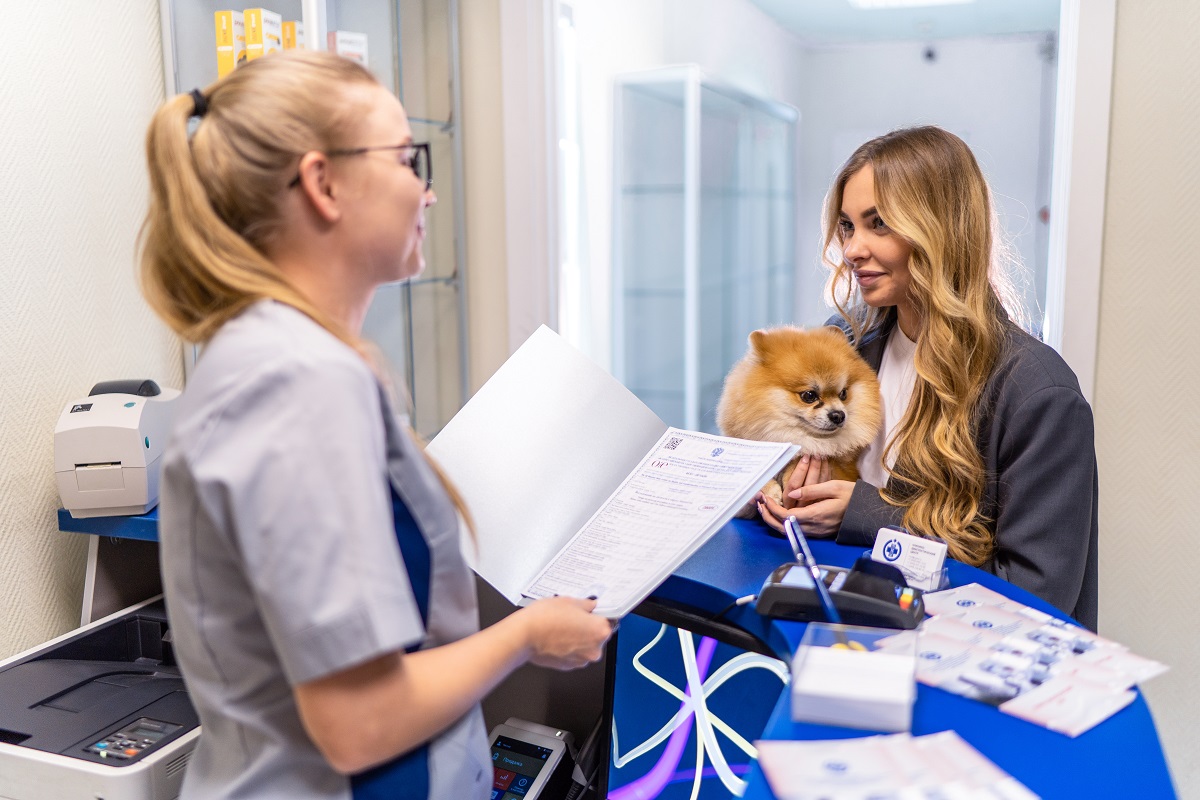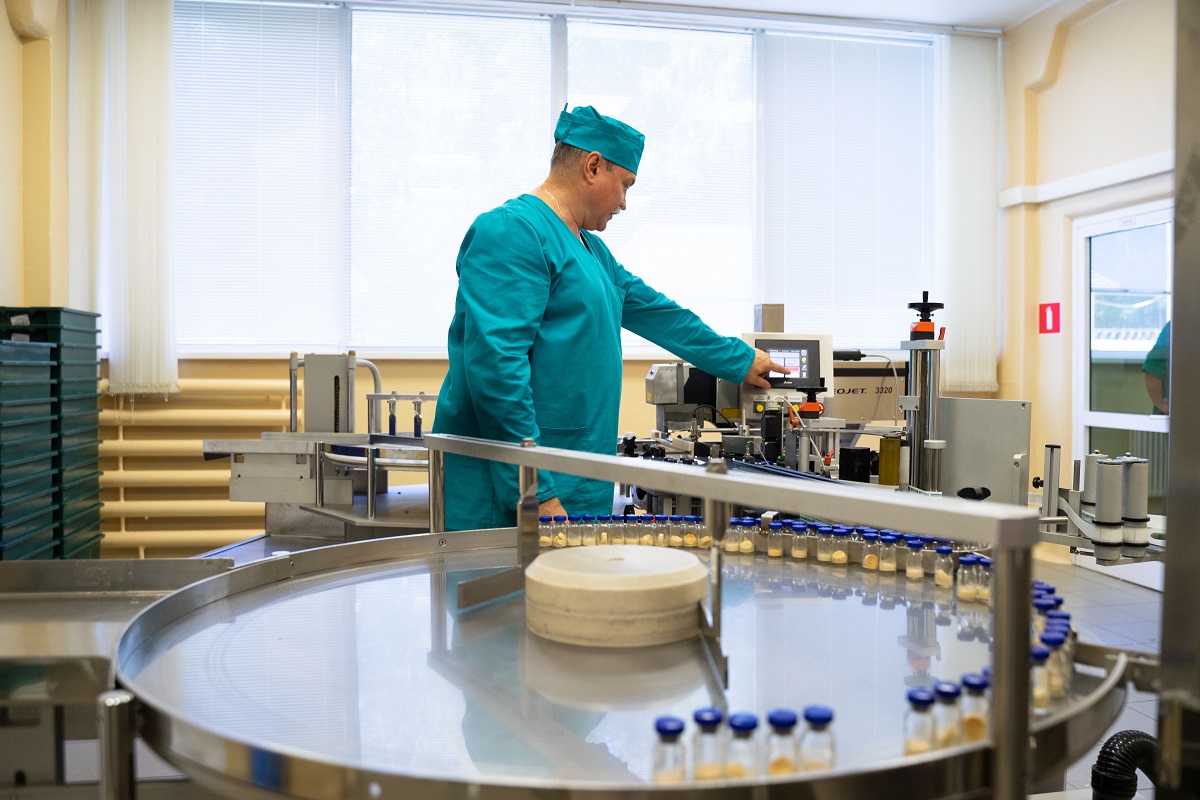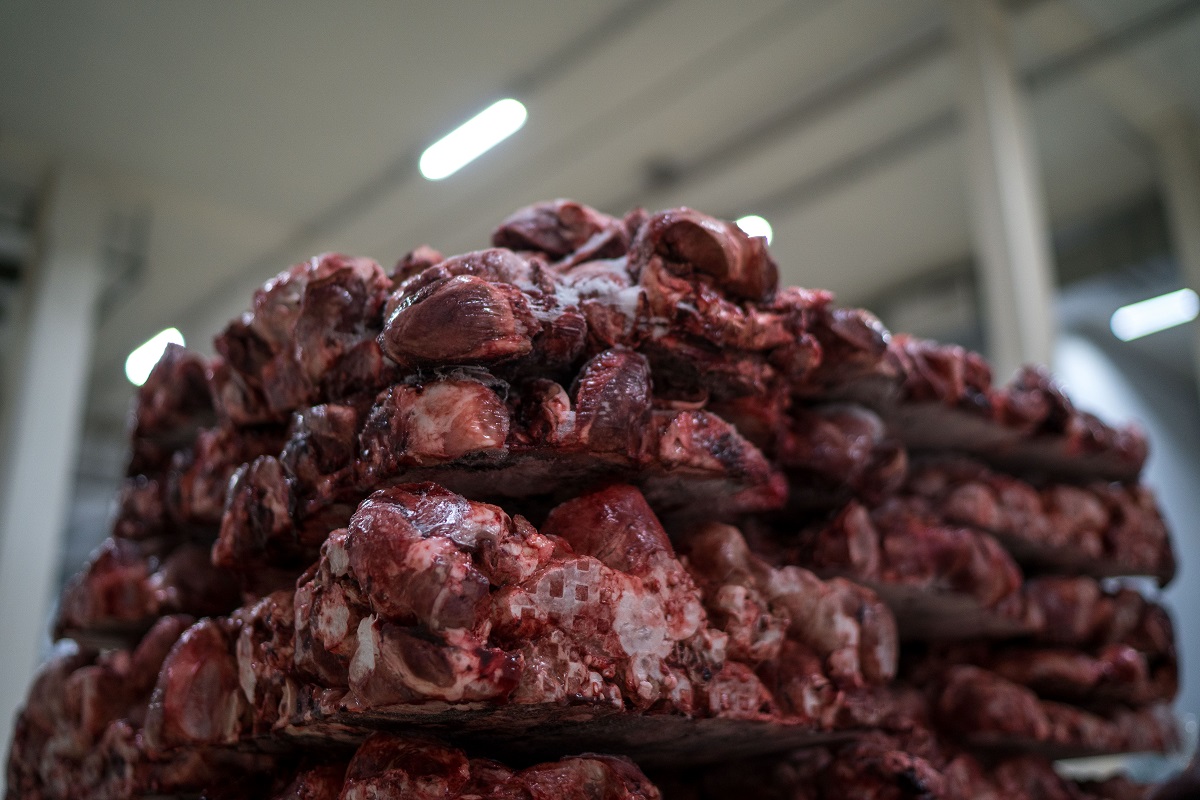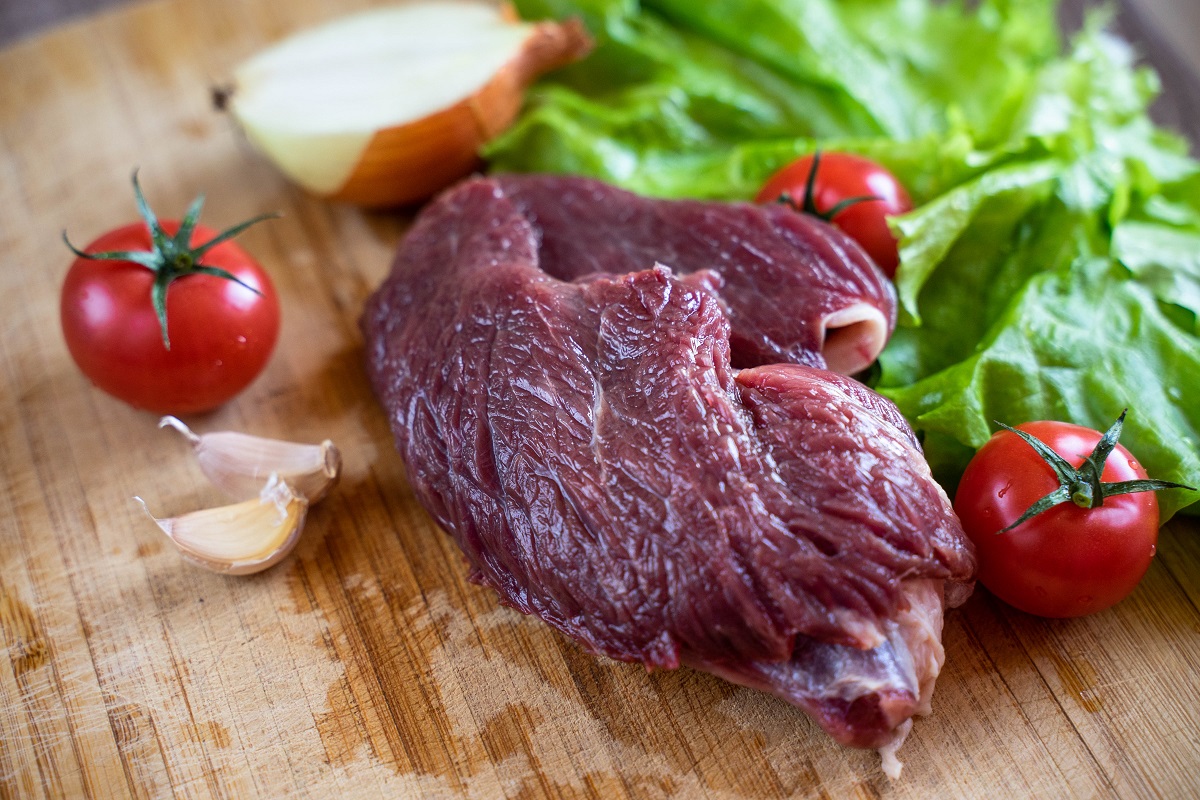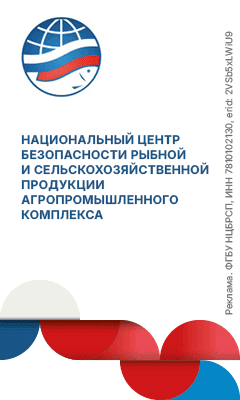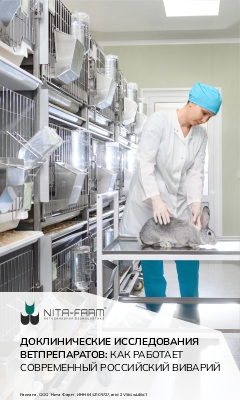According to the document, a traceability system is to be implemented in the animal feed market at the following stages: all parties involved in business transactions are required to register in the ‘Chestny ZNAK’ system, starting on September 1, 2024; all manufacturers and importers will be required to start labeling dry feed and animal treats from October 1, 2024; and wet feeds from March 1, 2025.
Registration in the ‘Chestny ZNAK’ system for animal health market participants is set to launch on September 1 this year. The requirement for mandatory product labeling for importers and manufacturers will take effect on October 1.
“An experiment on voluntary feed labeling is currently underway in Russia, having started on December 25, 2023, and continuing until August 31, 2024. The working groups are comprised of 100 participants involved in business transactions, including 73 manufacturers and 12 importers. For today, almost 7,000 participants have registered in the system,” says Revaz Yusupov, Deputy General Director at CRPT. “As for animal health products, 634 companies have been registered in the experimental identification system, including 56 producers and 53 importers. More than 10,600 labeled animal health products have already been introduced to the commercial market.”.
Besides that, the operator has introduced further measures to support the industry. These include 50% compensation for the purchase of labeling equipment, to be provided by CRPT to small and medium-sized enterprise representatives. Producers of animal health products are eligible for an interest-free installment plan for up to 36 months. The support program for the feed sector will be available until August 1, 2024, while applications for the program covering animal health products can be submitted until July 1, 2024.
Experts justify the need for the implementation of product labeling by the significant levels of adulteration. The data provided by the National Research University Higher School of Economics (HSE University) indicates that the proportion of counterfeit goods in the animal health market was 25% in 2022 and 23% in 2021. The incidence of adulteration in animal feed stands at 10%. The goal of product labeling is to diminish the prevalence of such items on the market and safeguard animals from substandard and hazardous products.

